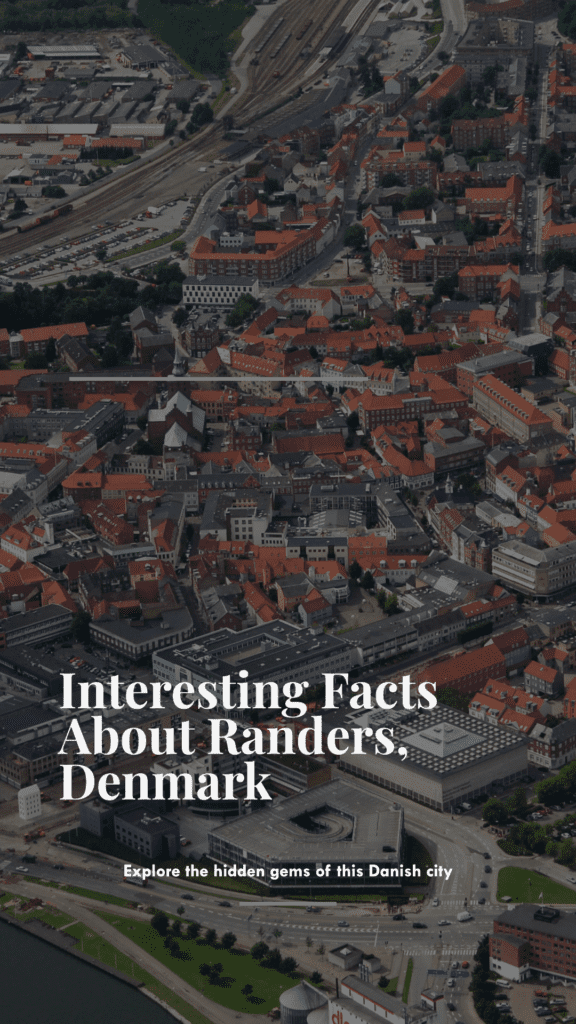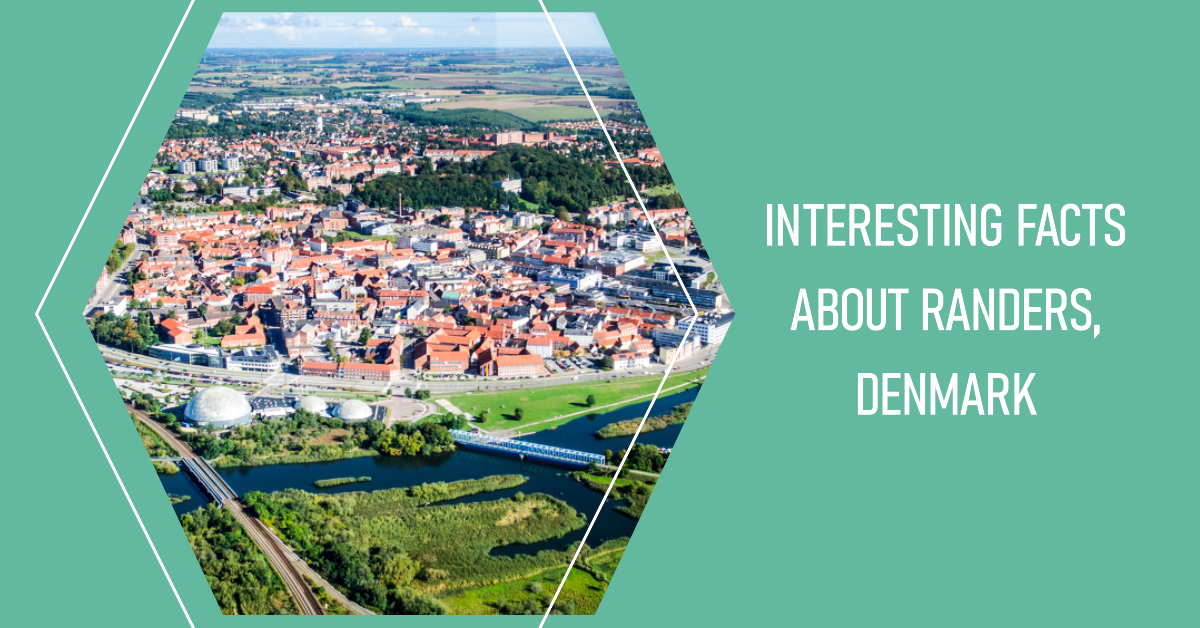Facts About Randers
- Randers was officially founded in the 12th century, yet evidence of human activity in the area can be traced back to the Viking era. Canute IV of Denmark (ca. 1043–1086), recognized as both Canute the Saint and Canute the Holy and revered as the patron saint of Denmark, was known to have minted coins in this town.
- The town’s name has evolved over time, and its earliest recorded forms can be found on coins minted during the reigns of Canute the Holy (1080–86) to Svend Grathe (1146–57). These coins feature variations such as Ranrosia, Ransias, Radrusia, Rand, and Randrusia to denote the town.
- In 1302, Randers was officially granted a charter, marking the beginning of its transformation into a significant centre for trade and religious affairs during the Middle Ages.
- Randers has established sister city relationships with the following municipalities: Akureyri, Iceland; Ålesund, Norway; Lahti, Finland; Västerås, Sweden & Jelenia Góra, Poland.
- Randers is well-connected by road and rail. The E45 motorway runs through the city, and the Randers railway station connects it to other major cities in Denmark.
- Randers has an estimated population of around 64,057 people, as of 2023.
- In the year 1340, the Danish national hero Niels Ebbesen assassinated the tyrant Count Gerhard of Holstein in Randers. In 1878, the first memorial dedicated to Niels Ebbesen and his comrades was erected in Skanderborg.
- The Total area of Randers is 32.6 square kilometres with an average elevation of 184 feet, above sea level.
- In 1935, the establishment of a regional hospital took place in Randers, situated within the Dronningborg neighbourhood.
- Randers has theatres and cultural venues that host a variety of performances, including plays, concerts, and dance shows. The Randers EgnsTeater is a notable theatre in the city.


